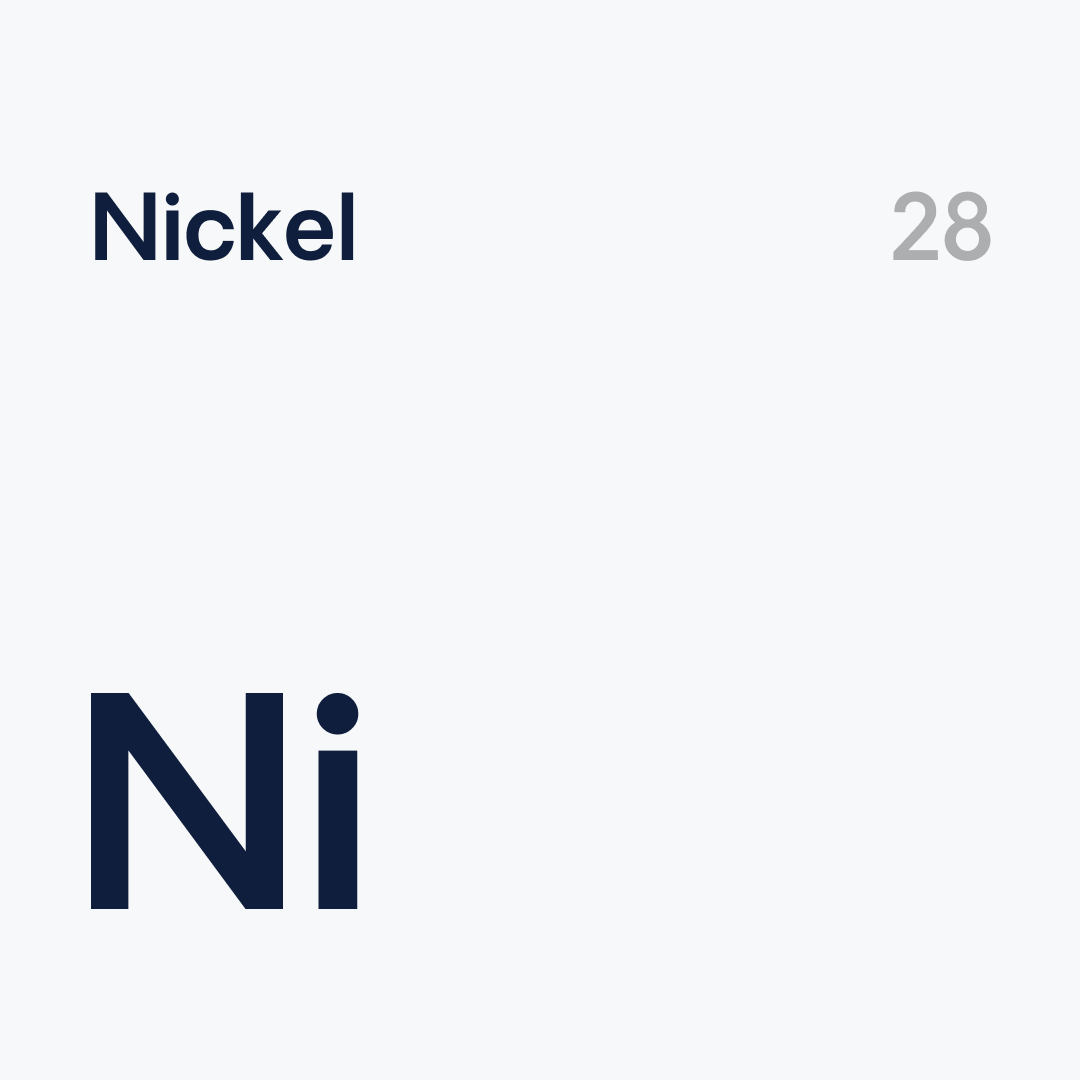Missing any spec, form, or dimension?
-
Experts in metal since 1912
Let’s find exactly what you came for
If the product you are looking for is not in stock, we are here to help! Through our extensive network of suppliers, we can source almost any alloy or material, in any form and dimension.
Let’s find exactly what you came for
If the product you are looking for is not in stock, we are here to help! Through our extensive network of suppliers, we can source almost any alloy or material, in any form and dimension.
Let’s find exactly what you came for
If the product you are looking for is not in stock, we are here to help! Through our extensive network of suppliers, we can source almost any alloy or material, in any form and dimension.
Let’s find exactly what you came for
If the product you are looking for is not in stock, we are here to help! Through our extensive network of suppliers, we can source almost any alloy or material, in any form and dimension.
Let’s find exactly what you came for
If the product you are looking for is not in stock, we are here to help! Through our extensive network of suppliers, we can source almost any alloy or material, in any form and dimension.
Let’s find exactly what you came for
If the product you are looking for is not in stock, we are here to help! Through our extensive network of suppliers, we can source almost any alloy or material, in any form and dimension.




